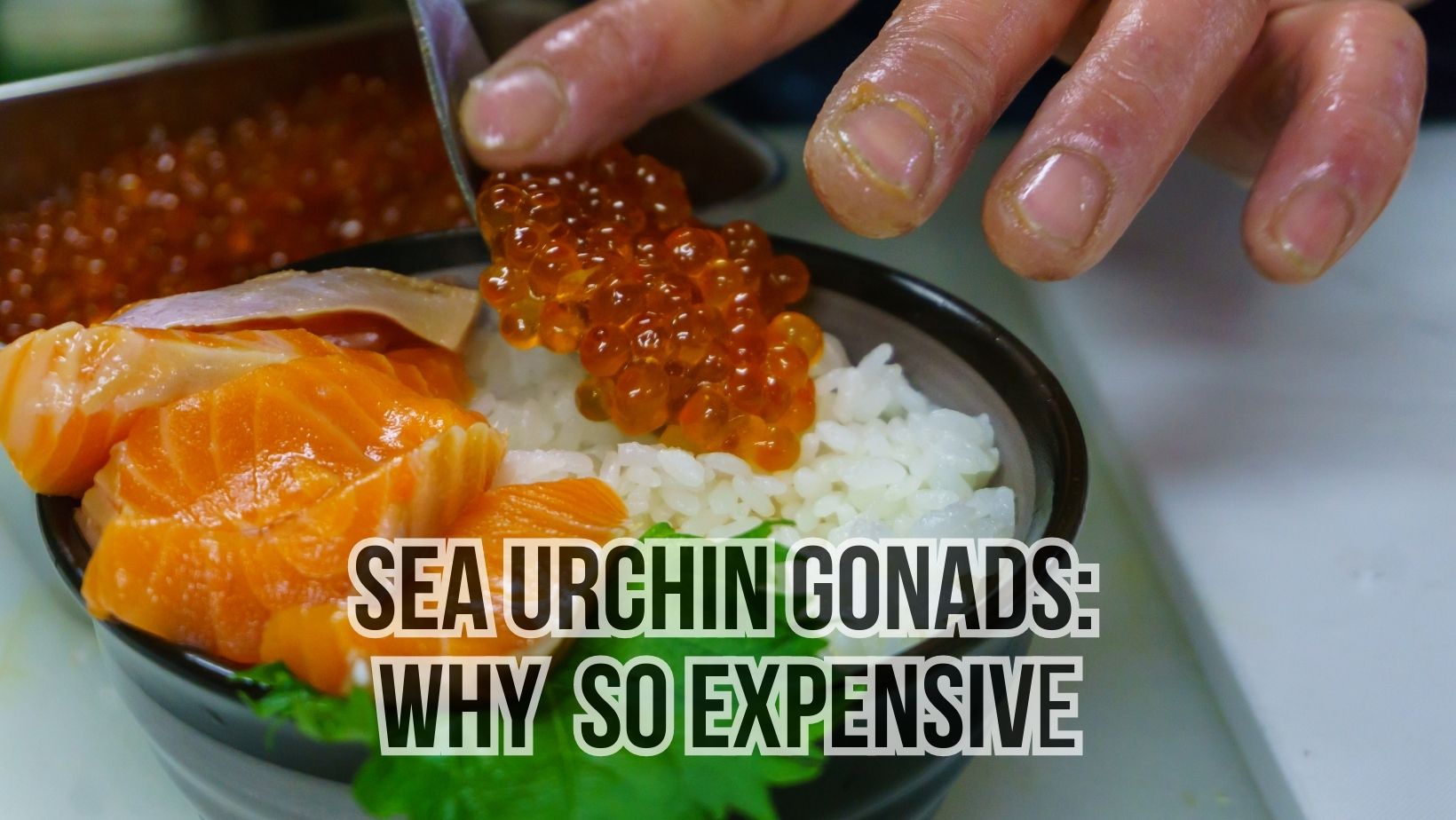Sea urchin gonads, also known as uni, are highly sought after in the culinary world for their unique taste and delicate texture. These tiny, vibrant orange or yellow structures hold a special place in various cuisines, particularly in Japanese and Mediterranean dishes. However, their luxurious appeal often comes with a hefty price tag. In this article, we will explore the reasons behind the high cost of sea urchin gonads and delve into their culinary significance.
What are Sea Urchins?
Sea urchins are marine creatures belonging to the echinoderm family. They possess a round, spiny body with no visible eyes or other sensory organs. These fascinating creatures inhabit oceans worldwide, primarily in rocky areas and coral reefs. Sea urchins feed on algae and other small organisms, and their diet plays a crucial role in the flavor and quality of their gonads.
Sea Urchin Gonads
The gonads of sea urchins, commonly referred to as uni, are the reproductive organs responsible for producing eggs or sperm. In culinary terms, uni typically refers to the edible part of the gonads, which is consumed raw or lightly cooked. Uni is renowned for its rich, creamy, and briny flavor, often described as an oceanic delicacy. The unique taste and velvety texture make sea urchin gonads a highly coveted ingredient among chefs and food enthusiasts.
Why are they Expensive?
Several factors contribute to the high cost of sea urchin gonads:
- Limited Supply: Harvesting sea urchin gonads is a labor-intensive process that requires divers to carefully collect the delicate organs. The limited availability and the need for skilled harvesters drive up the price.
- Demand: The growing popularity of sea urchin gonads, especially in high-end restaurants and sushi bars, has increased the demand significantly. The combination of limited supply and high demand leads to elevated prices.
- Delicacy and Perishability: Sea urchin gonads have a short shelf life and require careful handling and storage. Their delicate nature and the need for specialized shipping contribute to the overall cost.
- Quality Standards: Only the highest quality sea urchin gonads meet the culinary standards set by top chefs. Ensuring consistent quality requires meticulous selection, which adds to the cost.
Culinary Uses
Sea urchin gonads are celebrated for their versatility in various culinary creations. Here are a few popular dishes and cuisines that prominently feature uni:
1. Sushi and Sashimi
In Japanese cuisine, sea urchin gonads are a prized ingredient in sushi and sashimi. Their distinct flavor and creamy texture add a luxurious element to these traditional dishes.
2. Pasta and Risotto
Uni is often used as a sauce or garnish in pasta and risotto recipes, imparting a rich, savory taste. The delicate balance of flavors creates a delightful dining experience.
3. Seafood Preparations
Sea urchin gonads can enhance the flavor profile of various seafood dishes. They pair exceptionally well with lobster, scallops, and other shellfish, elevating the overall taste and visual appeal.
Sustainability
As the demand for sea urchin gonads continues to rise, concerns about sustainability have emerged. Overharvesting can have detrimental effects on sea urchin populations and the marine ecosystem. To address this, sustainable harvesting practices and stricter regulations are being implemented to ensure the long-term viability of sea urchin populations.
Alternatives
For those who are unable to access or afford sea urchin gonads, several alternatives offer similar flavors and textures. Tobiko (flying fish roe), masago (capelin roe), and even certain types of caviar can provide a comparable experience in terms of taste and visual appeal.
Conclusion
Sea urchin gonads, with their exquisite taste and texture, continue to be a highly sought-after delicacy in the culinary world. The unique combination of limited supply, increasing demand, and the challenges associated with harvesting and preserving these delicate organs contributes to their high cost. However, their culinary significance and the ability to elevate dishes to new heights make them a prized ingredient for chefs and food enthusiasts alike.
FAQs
1. Are sea urchin gonads safe to eat raw?
Yes, sea urchin gonads are safe to consume raw when they are fresh and sourced from reputable suppliers. However, individuals with seafood allergies or compromised immune systems should exercise caution.
2. Can I find sea urchin gonads in supermarkets?
While some supermarkets carry sea urchin gonads, they are more commonly found in specialized seafood markets, upscale grocery stores, or through online suppliers.
3. How should I store sea urchin gonads?
Sea urchin gonads should be stored in a cool environment, ideally between 32-39°F (0-4°C). It is crucial to keep them away from direct contact with ice, as it can damage the delicate texture.
4. Are there different grades of sea urchin gonads?
Yes, sea urchin gonads are graded based on their quality, appearance, and flavor. Higher-grade uni is often preferred by top chefs due to its superior taste and texture.
5. Can sea urchin gonads be frozen?
Freezing sea urchin gonads is possible, but it can affect their texture and flavor. Fresh consumption is generally recommended to fully appreciate their delicate nature.
